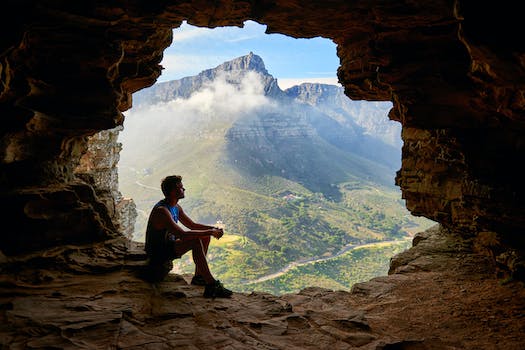Rafting, also known as white water rafting, is an exciting adventure sport that offers a thrilling experience of navigating through a river’s rapids and obstacles. But what makes these rapids so dynamic? How does one navigate through the turbulent waters? To answer these questions, we must look at the science behind white water rafting and understand the dynamics that make it possible.
The first aspect to consider in the science of white water rafting is the concept of hydraulics. Hydraulics is the study of fluid dynamics, particularly the behavior of water in motion. When a river’s flow encounters obstacles like rocks or boulders, it creates turbulence in the form of eddies and white water. These turbulent areas are what make rafting so thrilling and challenging.
One crucial force at play in white water rafting is the force of gravity. The gradient of a river, which is the slope along which it flows, determines the speed at which the water travels. A steeper gradient leads to faster currents and, consequently, more intense rapids. Experienced rafters take advantage of this force by choosing routes that allow them to flow with the river’s current, minimizing the energy exerted by paddling.
Another key factor in the dynamics of rafting is the flow rate of the river. The flow rate depends on various factors, such as the volume of water, the river’s width, and the obstacles it encounters. Rivers with higher flow rates usually have stronger currents, resulting in more powerful rapids. Adequate knowledge of the flow rate is essential as it helps rafters assess the difficulty level of a particular section and plan accordingly.
In addition to forces like gravity and flow rate, there are other hydrodynamic principles that play a role in rafting. These principles include Bernoulli’s principle, which explains the relationship between fluid pressure and velocity. As water flows through narrow channels or around rocks, its velocity increases, creating areas of low pressure. This principle helps explain the formation of eddies and whirlpools, which can pose challenges for rafters and require skilled navigation.
Understanding river morphology is also crucial for rafters. River morphology refers to the shape, size, and structure of a river channel. The presence of various features such as channels, drops, wave trains, and standing waves greatly influences the rapids’ character. By studying the river’s morphology, rafters can identify the best route to take and anticipate potential hazards.
Lastly, communication and teamwork are vital aspects of rafting. Rafters must work together effectively to maneuver the raft and navigate through rapids successfully. Communication aids in reacting to sudden obstacles or changes in river conditions promptly. Well-coordinated paddle strokes and weight distribution can make all the difference in maintaining stability and control.
In conclusion, white water rafting is not just an adrenaline-fueled adventure; it is a sport influenced by the science of hydraulics, hydrodynamics, gravity, and river morphology. Understanding these dynamics enables rafters to make informed decisions, assess risks, and craft effective strategies for tackling rapids. So, the next time you embark on a rafting trip, keep in mind the fascinating science behind the exhilarating experience.
![]()







